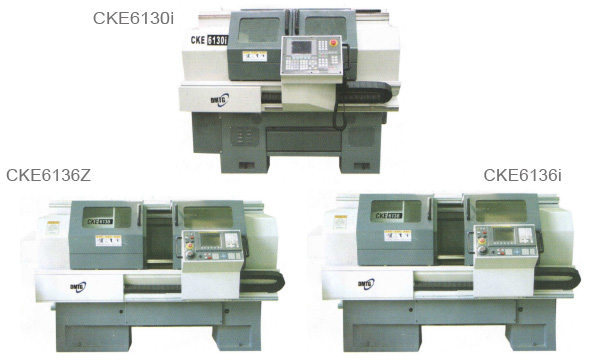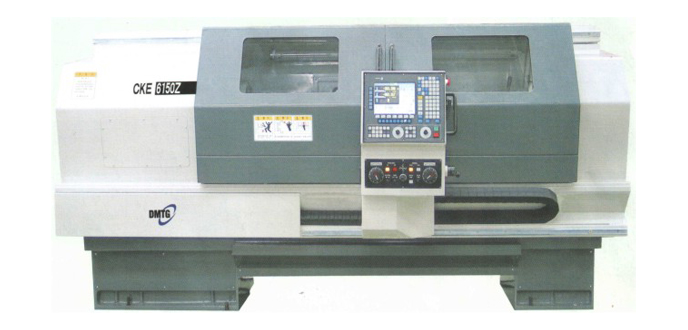Introduction
Lathes are referred to as the mother of all machines due to the numerous engineering functions they perform and their application in nearly all industrial sectors. As the proverb goes, there is profit in all hard work; lathes are at the center of all profitable production and maintenance centers.
They provide a wide range of mechanical engineering functions suitable for all manufacturing and maintenance workshops. Teaching technical students on lathe machine operations not only impacts them with practical skills but also enable students engage in profitable ventures after college.
Nature of educational lathe machines
With the rapid increase in the number of universities and tertiary education centers offering quality engineering education, students must be trained on practical hands on experience on these equipments. Sturdy, high precision and accurate equipments are therefore used.
Educational equipments are developed to provide extra safety during operation since they are operated by untrained people. The bed, spindle, chuck and other components are made to high strength and durability and are must be produced to precision and accuracy.
Special training features for educational lathe
Trainer equipments must incorporate operations such as threading, horizontal boring, turning, facing, horizontal drilling, knurling and other functions. This ensures that trainers attain skills and experience in all machine tool operations. Three and four jaw chucks can be mounted on this equipment and this increases their versatility.
Safety is at the heart of every process and device. To enhance safety, they have automatic turn off switches and foot brake pedal that stops the device immediately. They also incorporate ergonomics to ensure that the user does not strain when operating the device.
CNC lathes are at the heart of modern training. Most operations in these devices are automated and have computerized feeds. It is possible to program these machines and are compatible with CAD and CAM software’s. Using CAD, drawing and other materials can be imported and used during operations.
Educational institutions are centers of excellence and quality. As a result, trainer machine tools must achieve high precision and accuracy. Their beds are manufactured to high flatness, robustness and smoothness. This is achieved high strength materials to manufacture the bed, carriage, tailstock, headstock, and tailstock. The feeds and lead screw are specially constructed to reduce backlash which results to inaccuracies.
Use in Education Institutions
The use of these machines in engineering college has increased due to the rapid need to produce well trained graduates and technologists in many countries. Currently most education facilities use CNC lathes since the train the student on both manual and computerized control. Over 95% of engineering learning institution have these equipments and is therefore imperative that institutions acquire them to aid in practical training.
Conclusions
Educational training equipment replicates modern machine tool used in production and maintenance centers. The machine tools used for teaching must have high strength and provide numerous functions to enable students gain all skills required. In addition, CNCs trainers are programmable, versatile and easily linked with design centers utilizing CAD and CAM software’s.







